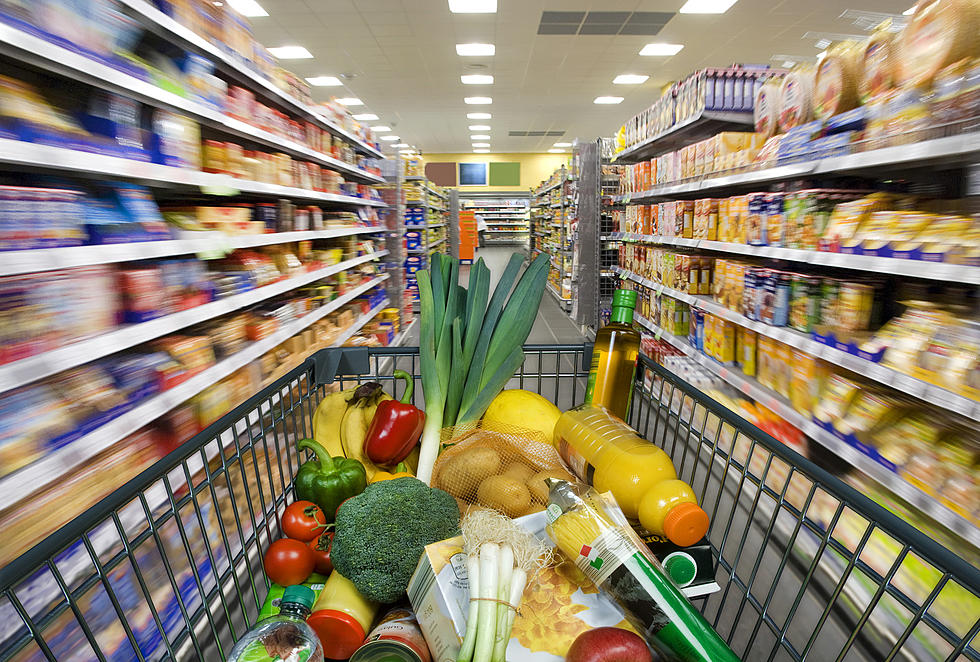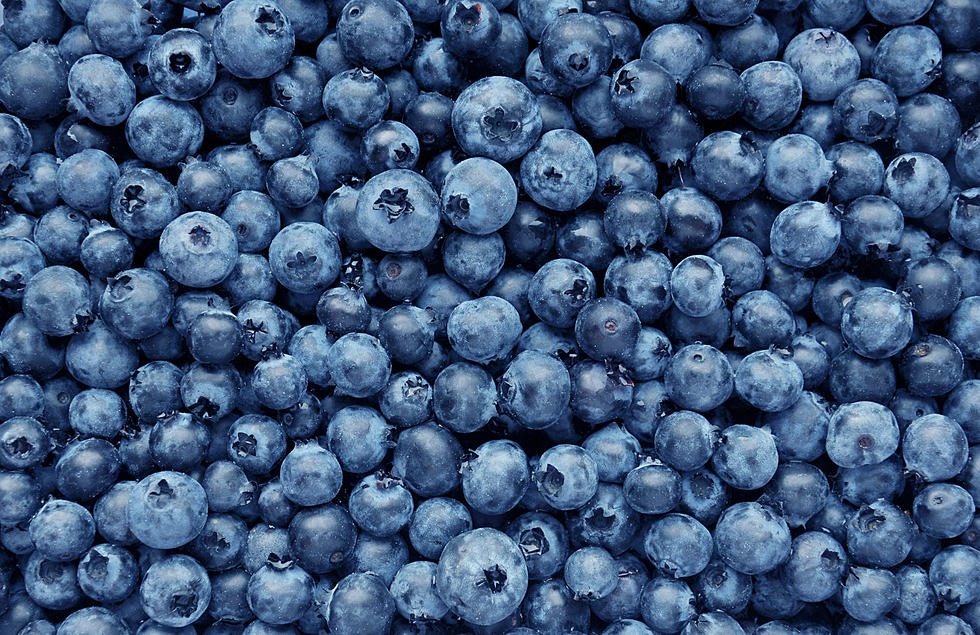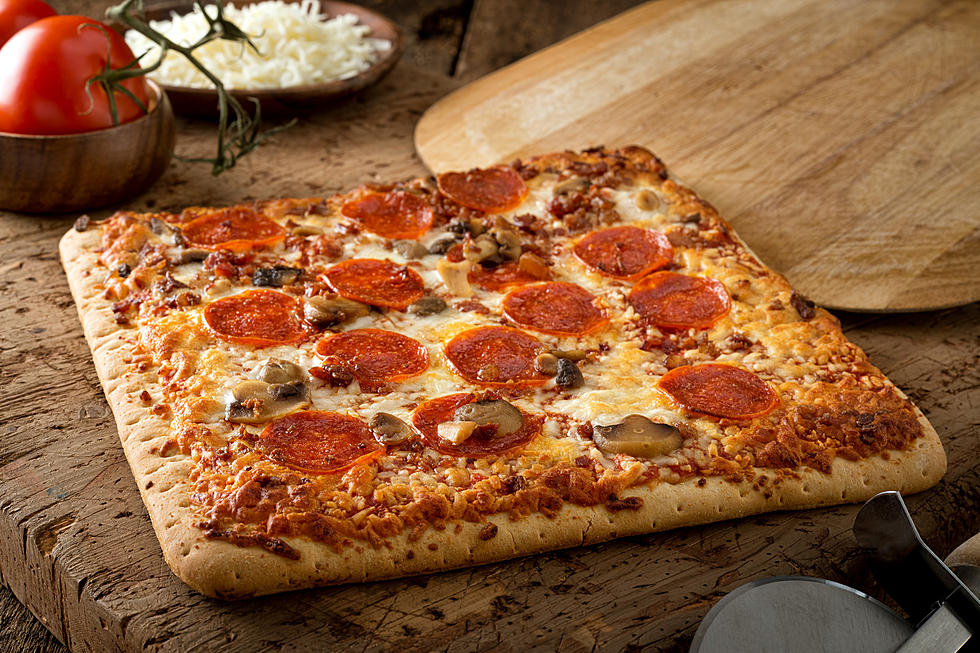
Food And Drug Administration Clarifies Gluten-Free Label
How gluten-free IS the food you're eating? It might seem trivial - but not to a person with Celiac disease. Recent movement from the U.S. Food and Drug Administration toughens up the labeling standards so that the 3 million people who have Celiac disease can consume their meals without worry.
As gluten-free became prevalent, more companies started using it more as a marketing tool than a term that actually meant something.
By this time next year, a food labeled "gluten-free" must meet all of the requirements of the definition. For example, the food must have less than 20 parts per million of gluten.
"This level is consistent with those set by other countries and international bodies that set food safety standards," the FDA said.
So what is Celiac disease?
[P]eople with celiac disease, gluten causes the production of antibodies, which attack and damage the lining of the small intestine. This limits their ability to absorb nutrients and puts them at risk of serious health problems, including osteoporosis, infertility and intestinal cancers.
Medical experts point out that this new labeling can actually protect those without Celiac disease as well, as there is a misconception that gluten-free products can help people lose weight; To the contrary, most gluten-free products are actually more caloric in nature and can have the opposite effect.
More From KOOL 101.7









